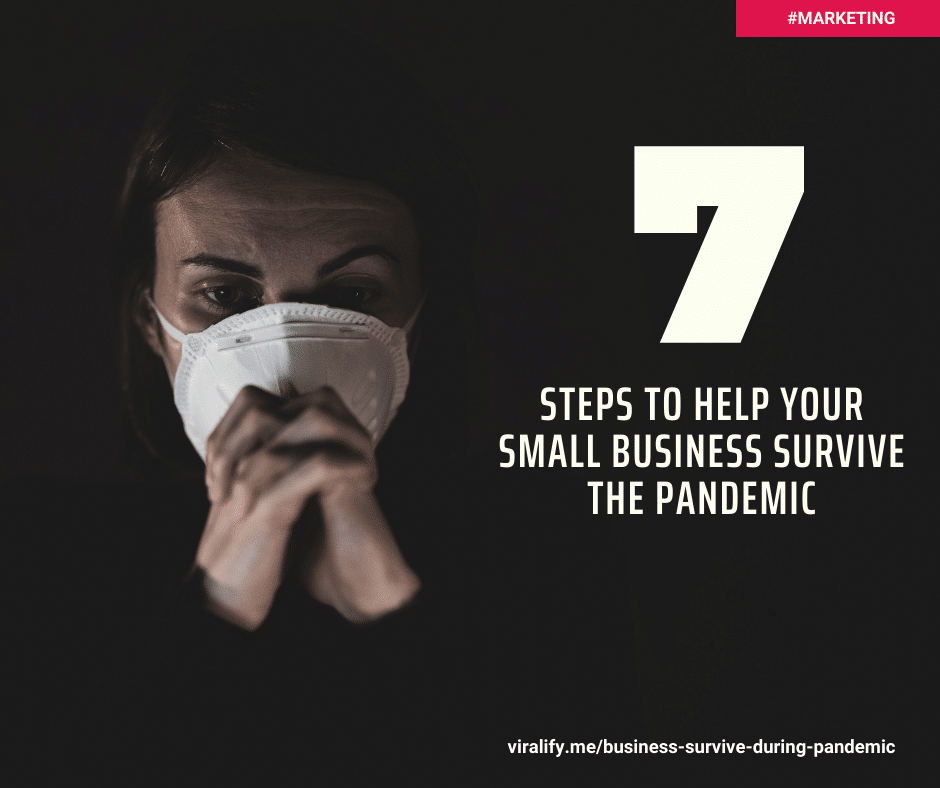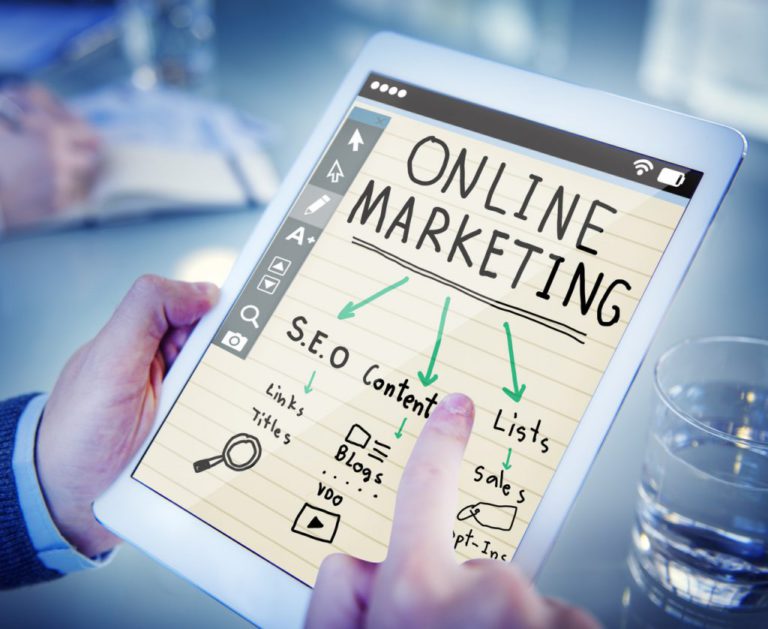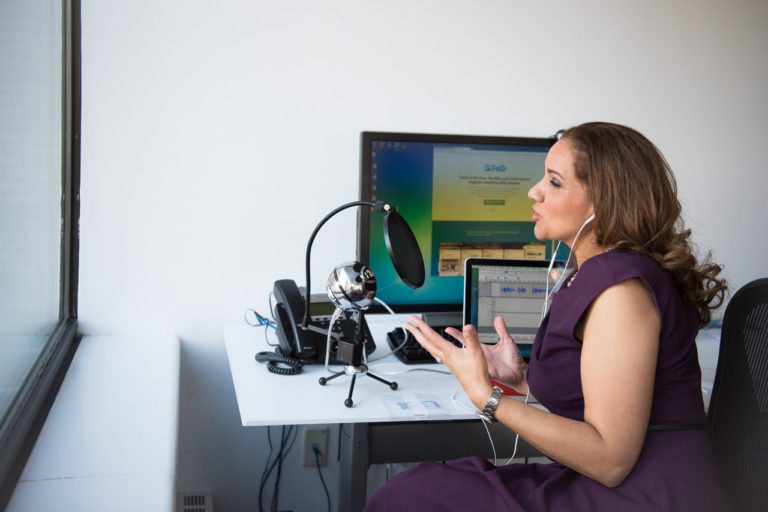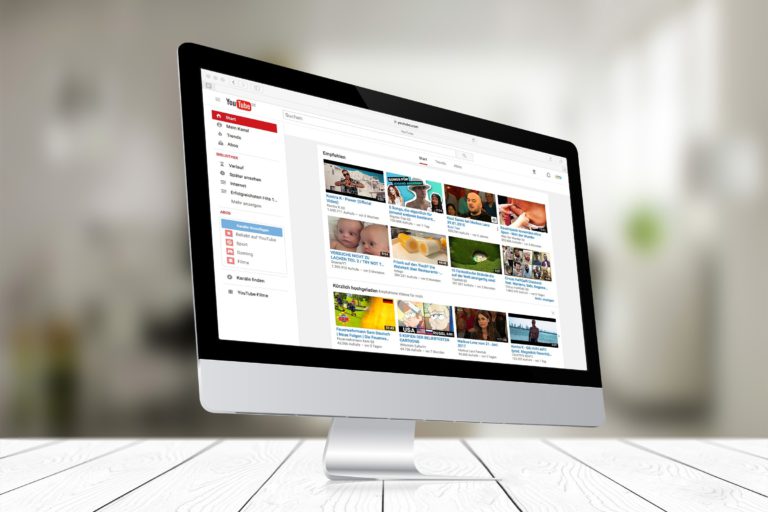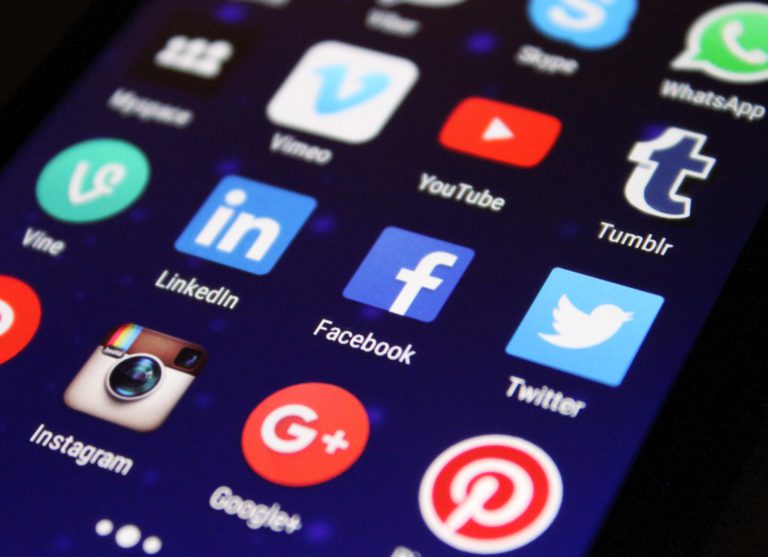How can marketers prepare to be agile so they can meet customers ‘in the moment’ in periods of pandemics, and to react with timely interventions and solutions? For marketers in today’s dynamic multichannel environment, ‘agility’ is an increasingly important – if perhaps overused – concept. But it takes careful planning to be able to react to a crisis, when a swift response and flexibility are needed to tackle often-unanticipated issues.
Advance warning
While pandemic crisis can come out of the blue and be difficult to foresee, social media monitoring tools can offer some advance warning of an incoming issue. It can keep track of when a marketer’s brand (or competitor) is mentioned, as well as news relevant to the business. Social monitoring can also help identify conversation peaks, negative comments and unusual activity surrounding the brand.
Possible issues can then be fed into a pre-prepared assessment and crisis process. That should involve creating a multi-functional team that has the capability to create a smart, agile response and to react in the right channels in the right way with the right tone. An organisation that has taken steps to break down silos between marketing and other functions will be in a better position to implement a more flexible and consistent response across the business.
Speed is key
Having processes and scenario planning in place will enable you to deliver an early response – even if it’s a holding one – and demonstrate to customers that you’re taking it seriously and engaging with them. It’s important to communicate with honesty, openness and humility that reflects and reinforces brand values, even if a mistake has been made.
Tip Number One: Have processes and scenario planning in place will enable you to deliver an early response – even if it’s a holding one – and demonstrate to customers that you’re taking it seriously and engaging with them.
Tip Number Two: It is important to communicate openly, honestly, humbly – reflecting your brand values so they know the company took the mistake seriously.
It’s also worth considering how likely this event was as well as any potential impact on your business before deciding whether or not to invest resources into risk mitigation strategies such as stockpiling supplies or implementing emergency protocols for when employees can’t get into work due to travel restrictions related to pandemic outbreaks (flu). If there is no likelihood of disruption
Planning in advance
You can’t brief your team to deal with every possible scenario, but preparation on how to react should include potential ‘danger areas’ where issues could arise that impact on customers and brand reputation. Some examples include: employee incidents, product or service failures, unforeseen ethical issues, and logistical breakdowns. This can at least allow you to fashion, in advance, the appropriate type of approach on a strategic level, allowing room to formulate a more agile tactical response.
– Employee incidents: Consider how the company would react to a staff member getting arrested or abusive, being found in possession of drugs at work, or overindulging on alcohol. (Note that these are just examples – they don’t represent all possible employee problems.)
– Product/Service failures: Identify what if any parts of your business such as raw materials and suppliers might be affected by pandemic conditions (e.g., shortages). Will there be adverse effects for customers? How will you make up for it?
– Logistical breakdowns: Unpredictable events could result in production gaps from lack of power (factory) closures due to illness etc,.
Create a Playbook
Creating a ‘playbook’ for who should do what, when and how, is obviously part of that crisis management approach – ensuring that every member of the team is able to react quickly in the most effective way. The response should then be clearly communicated across the organisation so that all parts of the business are aligned at every customer touch point. This helps to generate consistent, constructive responses that demonstrate appreciation of concerns in a genuine way.
Crucial in a moment of pandemic crisis is that an organisation’s actions and communications are consistent with and underpinned strongly by brand values., In a crisis, it becomes easy for brands to start sounding corporate and faceless as they go on the defensive. That’s when you start alienating your customers. With a brand voice, you need guidelines in place that are practical and easily referable. If you have an obvious brand voice that’s been robustly implemented, employees across all your channels stick to the tone that suits the brand best. And they can flex it for the right occasions.
The crucial thing for any business is to be clear of its own ‘belief and behavior’ and communicate this every day, in every way, using every available touch point. If the internal team and customers don’t know what the business actually stands for, then there’s going to be a problem in response to any external crisis.
Business as usual
In a pandemic crisis, it is important that you are able to respond to individual customers’ concerns, apologize when necessary and acknowledge them in the moment. That may involve making contact with the potentially affected audience, who may be looking for information or individual responses. It’s important, then, to plan for this too – such as getting the IT or social resources in place, setting the tone on particular channels and addressing how the response can be scaled when required. This may involve sourcing third parties or specialists to supply that support in the event of a growing crisis, so do so in advance.
It’s crucial, too, that day-to-day business and communications do not suffer. To prevent this, put in place contingencies so all customers get an uninterrupted, normal experience. For example, make sure your organisation has the capacity to handle a sudden surge in social media activity and still maintain its ability to respond to customers’ general inquiries.
Leverage Social Media
The use of a social media management (SMM) platform like Viralify is one way to be flexible and respond to situations, while meeting customers ‘in the moment.Social technology won’t fix a crisis. But, the right social technology can mitigate the effects: brand damage, customer churn, and needless expense.
Bouncing back
Preparing robust processes to respond to a crisis can also provide a stable platform to react creatively after the initial impact of the crisis has been addressed. This is where organisational agility can make a real impact. This recovery process can offer the opportunity to enhance the brand by restating and reinforcing brand values and engaging with customers to acknowledge the lessons learned and intention to do better in future. And it can swing into action pretty much any time if the marketing team isn’t tied up purely in firefighting the original problem. That reaction, like the clever and humorous response from KFC to its recent distribution crisis, can create a positive engagement around the brand.
This is all about keeping your team motivated and focused on the long-term success of the business. As a leader, you need to keep everyone fully informed on what’s happening, lead by example in terms of crisis management response behaviour (not overreacting), recognise that there will always be bumps in the road as part of doing business, and remind those around them that strategy can provide an opportunity for greater agility after successfully managing this bumpy moment. In short: stay calm; don’t panic; make sure people are informed; lead by example with behaviour without allowing emotions to cloud decision making or cause rash decisions during such challenging times.
‘Agile’ is an overused word in marketing today. Being proactive and agile in times of crisis is an increasing imperative for brands with consumers not just watching mistakes but equally concerned with the way that organisations respond to a crisis. This means that it can be as much an opportunity for marketers as it is a challenge – some of the most successful advertising campaigns have been borne out of admitting mistakes.
– Use social media to be transparent, answer questions and listen
– Be upfront with consumers about any changes in the short term
– Keep running your business as if there is no crisis – it will help you get back on track more quickly after the pandemic passes
If an organisation focuses on the customer, and the ability to respond to them in a relevant and timely way, most will understand.
With any relationship, it’s how you conduct yourself when things aren’t going so swimmingly that shows your true nature in the eyes of the other party. And it’s no different with brands and consumers. If you use your response to showcase your commitment to your vision and your customer, then ultimately it will be that that sticks in their mind.

